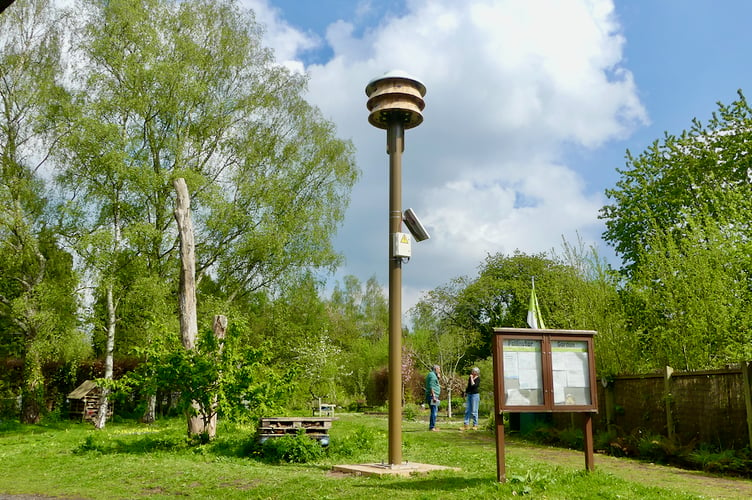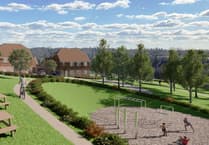“The number of Swifts are few because they are stopped out of the eaves of the church which were repaired last autumn.”
This is an extract from a letter written by the Rev. Gilbert White of Selborne on June 23, 1787.
It’s sadly even more true today. Many old properties have had roof repairs and soffits sealed, while newer ones are constructed without the nooks and crannies that provide nesting opportunities for Swifts, Starlings and House Sparrows.
This is ironic as the Swift is primarily an aerial bird, a superb flyer which eats, sleeps, bathes and even mates on the wing.
They are the briefest of migrants to our country. I saw my first Swifts of this year on May 1 flying over the Water Meadow and expect them to be gone by September.
They are here for one thing only: to mate and rear their young, before returning to Africa.
Swifts, which are the fastest of birds in level flight, feed on aerial insects and small wind-borne spiders, and have been detected at up to 1,000 metres up following insects carried upwards by rising warm air.
Breeding tends to be synchronised with food availability, which is itself governed by weather conditions, but laying normally commences in the third week of May.

The weather also dictates the fledging period, which can vary from 36 to 56 days as the young can remain torpid for long periods when food is scarce.
One of the joys of being in Farnham on summer evenings was to hear groups of Swifts screaming round the tower of St Andrew’s. Sadly this is no longer heard.
The impact of climate change and the use of pesticides on food sources, coupled with loss of nesting sites has seen their population more than halve in the last 50 years.
What can be done? Well, the Tice’s Meadow Bird Group have led the way by erecting a Swift Tower.
Perched on top of a telegraph post is a triangular structure, with about a dozen nesting compartments.
A solar panel provides power for a tape recorder that plays a looped call of the Swift which attracts the birds initially. Most of the nesting compartments are now occupied.
Individual Swift boxes are available which can be attached to domestic walls. They should ideally be positioned at least five metres above the ground, and mounted on a north, east or north-east facing wall to avoid direct sunlight and overheating.
If you’re interested then www.swift-conservation.org is a good place to start. This website is also promoting Swift Awareness Week from June 28 to July 6
At the time of writing there are two events in Petersfield on June 28 and 30, with one in Alresford in-between. Details on the website.
Meanwhile a newly-formed joint environment committee formed by members of both the Rotary Clubs in Farnham are planning to promote Swift awareness, and hope to influence tenants or owners of public buildings in Farnham to erect nest boxes in anticipation of the 2026 breeding season.





Comments
This article has no comments yet. Be the first to leave a comment.